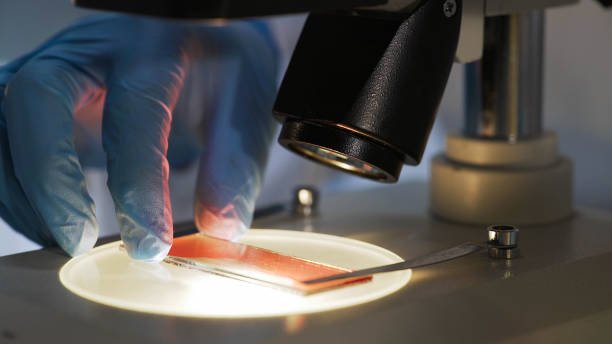
What is Acute Lymphoblastic Leukemia? Causes and Symptoms of Acute Leukemia in Children
Cancer ranks among the top ten causes of death in the country. Suffering from cancer is definitely the last thing that everyone wants to happen. But can you imagine that some children become cancer patients soon after birth? This article will introduce acute lymphoblastic leukemia, also commonly known as blood cancer, and help you understand the causes, symptoms, diagnosis and treatment of acute lymphoblastic leukemia.
What is acute lymphoblastic leukemia?
Acute lymphoblastic leukemia (ALL) is the most common childhood cancer. The peak age of incidence is 4 years old, and the incidence rate decreases significantly in adulthood.
According to statistics, about 1/3 of childhood cancers are leukemia, so some people also refer to childhood leukemia as ALL. However, childhood leukemia also includes acute myeloid leukemia (AML) and Chronic myeloid leukemia (CML), but the incidence rate is not as high as ALL.
Effects of Leukemia
The impact of acute lymphoblastic leukemia on the human body begins with the bone marrow; because the bone marrow contains hematopoietic stem cells, white blood cells, red blood cells, and platelets, which are important for maintaining human body functions, are all differentiated from hematopoietic stem cells. Taking patients with ALL as an example, the lesions occur in lymphoblasts (or lymphoblasts) differentiated from hematopoietic stem cells.
Under normal circumstances, lymphoid bud cells continue to differentiate to produce natural killer cells (NK cells), B cells, and T cells. However, lymphatic bud cells in ALL patients can become cancerous, causing a large number of lymphatic bud cells to proliferate continuously, compressing other cells and preventing normal production. The insufficient number causes symptoms.

What causes acute lymphoblastic leukemia?
Like many cancers, the exact cause of acute lymphoblastic leukemia remains a mystery, and common cancer risk factors, such as smoking, drinking, and previous cancer treatment, are almost entirely unrelated to children.
“Is it true that blood cancer is caused by hereditary causes?” Some people may think so, but this is not necessarily the case.
Although some genetic diseases, such as Down’s syndrome and Li-Fraumeni syndrome, are estimated to be risk factors for leukemia, statistics show that there are still a small number of patients with leukemia caused by genetic diseases.
In ALL, chromosomal translocations or abnormalities in chromosome number can lead to mutations in precursor lymphocytes, resulting in the formation of lymphoblastoid cells. Common mutations include t(12;21) and t(9;22), also known as the Philadelphia chromosome.
What current research can tell us is that chromosomal translocations are a mutational condition that occurs in many leukemia patients. For example, a translocation between chromosomes 9 and 22, called the Philadelphia Chromosome, produces a gene called BCR-ABL, which helps leukemia cells grow. The Philadelphia chromosome is found in more than 90% of patients with chronic myelogenous leukemia and some patients with acute lymphoblastic leukemia, but it is mostly seen in adults.
9 major symptoms of acute lymphoblastic leukemia
The initial symptoms of childhood leukemia are similar to those of many childhood diseases, such as loss of appetite, fever, fatigue, etc., which can easily lead to misdiagnosis. However, the course of ALL develops rapidly, and patients may have:
- Anemia due to decreased hemoglobin
- Phenomenon caused by insufficient platelets, such as gum bleeding, nosebleeds, and subcutaneous bleeding (the skin will have dots or lumps of bleeding spots or bruises)
- Unexplained weight loss
- Bone or joint pain
- Leukemia cells invade the thymus, lymph glands, liver, spleen, etc., causing organ enlargement. For example, patients with liver and spleen enlargement will have upper abdominal enlargement.
- Severe infection
- Extramarrow invasion: Cancer cells may invade non-lymphoid organs such as testicles or central nervous system.
- Tumor lysis syndrome: caused by the massive disintegration of leukemia cells, causing severe metabolic abnormalities. It usually occurs in patients with ALL.
- Swollen lymph nodes: Areas where lymph nodes gather, such as the neck, armpits, or groin, may become swollen and hard, but there is no pain.
Acute leukemias tend to present nonspecifically, but the most common presenting features include fever, lethargy, and bleeding. Symptoms such as hepatosplenomegaly, lymphadenopathy, and musculoskeletal symptoms (especially of the spine and long bones) may also serve as clues to the diagnosis. Adults may also have more obvious anemia-related symptoms, such as shortness of breath, or symptoms related to low platelets, such as excessive bruising or heavy menstrual cycles.












